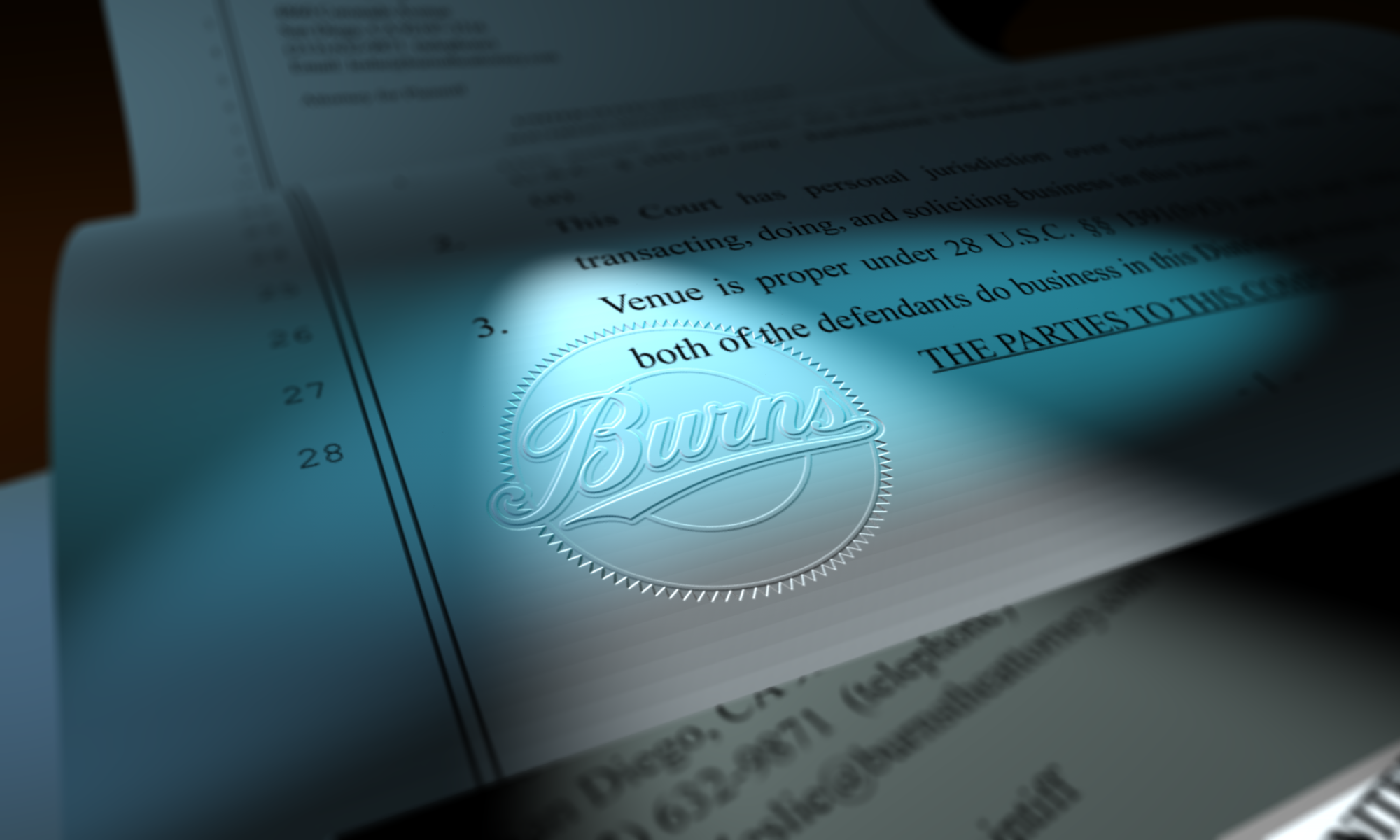On this tour I’ve stayed in 6 hotels and I’ve had good customer service experiences in all of them, until now.
The place I’m currently in is, absolutely, a very cool and interesting hotel. It’s in several old buildings with unique rooms and furnishings. Its dining room is excellent. But its hotel guest customer service is not very good.
One of the few absolute needs I have is that, if I’m going to be meeting clients at my hotel, it must have internet (preferably wireless, but anything will do). This place promised that. In my (original) room, I could barely get a signal–1Mbit rate–which isn’t even enough connection to check my email, let alone look at photographers’ websites. Finding this out after having hauled my own luggage up 6 flights of stairs (3rd floor, but wrong staircase the first time–and no offer of help from the staff), I contacted the front desk. The guy there, the same one who didn’t offer to help with the bags, started telling me how he didn’t think there could be a problem. I assured him there was. He started saying how with his N-card in his PC laptop he got great connections and that the hotel was going to upgrade soon to N–I said I had a Mac with a G-card anyway so the B & G-based router should be fine but I wasn’t getting a signal in my room. He then told me how metal Powerbooks blocked signals–I showed him my plastic iBook.
This went on and on. He did not want to consider the possibility that the room they put me in simply did not get a decent wireless signal. The next morning, I put my foot down and insisted on being moved at the very least. They switched me to a first floor room with a nice strong signal. Finally.
They still didn’t offer to help with the bags, though, and the same guy behind the desk still insisted that the wireless problem was “impossible.”
The point of this venting is that even if I had been totally in the wrong about the wireless issue, the hotel handled it terribly poorly. The customer is not always right, but the customer’s issues must be taken seriously and fixed if possible–even if they seem silly or unnecessary to the vendor. If you have a client who says (for example) they’re afraid you’re going to do X or Y, even when you know you’re not, don’t try to shut the client up–instead ask the client “What can I do to help you feel more assured?” or the like. If you can do whatever they asked, do it (even if you think it’s silly). That builds respect and trust and that builds successful relationships.
And that, of course, builds long-term clients.
Remember, a bad experience gets circulated a lot more than a good one. I’ve already told at least 8 people my full (there is more) bad story at this hotel–and the name of the place (which I have omitted from this tale). You don’t want that to happen to your business.
